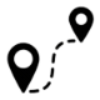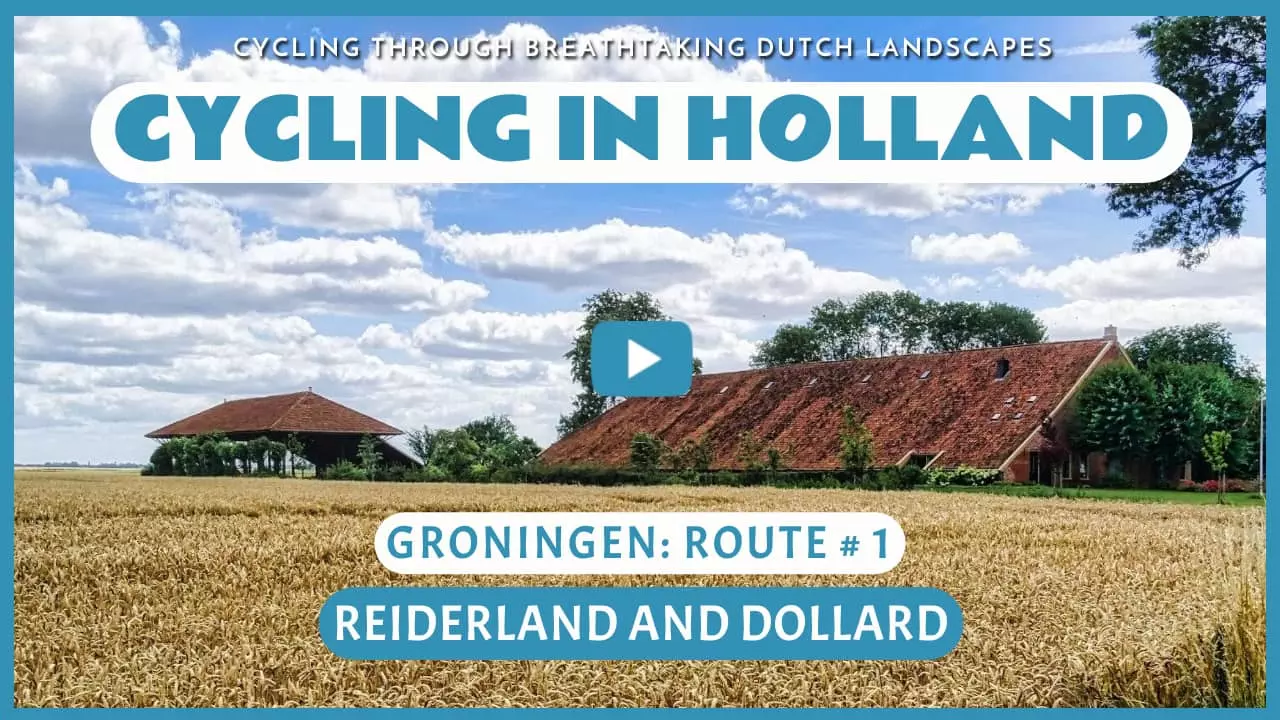Reiderland and Dollard
Cycling through a beautiful and colorful landscape with blue skies, white clouds, red rooftops, golden wheat fields, and lush green meadows.

The Landscape
In the late Middle Ages, the Reiderland was a prosperous region, until floods in the 15th and 16th centuries caused large parts of the area to be lost to the sea. From the 16th to the 19th century, the people of Groningen responded by building dikes and reclaiming land. The result is a vast, flat landscape with endless vistas. Today, the fertile polders form a vibrant patchwork, with the red rooftops of the farmhouses standing out on the horizon. Golden wheat fields sway in the wind, the sun sparkles on the water, and sheep graze peacefully. The area radiates natural tranquility, with plenty of space to enjoy the freedom.
The Dollard is a unique estuary and part of the Wadden Sea, located on the border between the Netherlands and Germany. This extraordinary tidal landscape offers stunning views with over a thousand hectares of salt marshes and seven thousand hectares of mudflats. In the past, this area repeatedly caused flooding in Groningen. Today, the Dollard is mostly a protected nature reserve, where you can enjoy expansive salt marshes, mudflats, and tidal flats. At low tide, as much as 78% of the area is exposed as mudflats.

Coastal and Tidal Zone

Estates and Heritage

Polders and Farmlands

Rivers and Streams
Route map
Start and finish near bike node 91 at the Nieuw Statenzijl in Drieborg. However, this bike route is a circular tour, so it offers the possibility to start from any of the following bike nodes.
91 - 22 - 97 - 93 - 91 - 86 - 8 - 88 - 90 - 92 - 75 - 20 - 24 - 23 - 91
- 91% of the route runs on paved roads.
- 9% of the route runs on unpaved and semi-paved paths.








